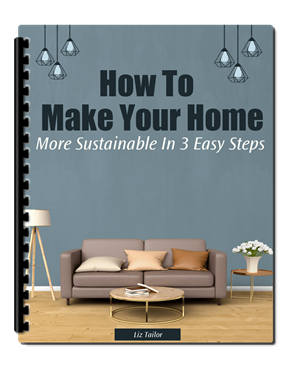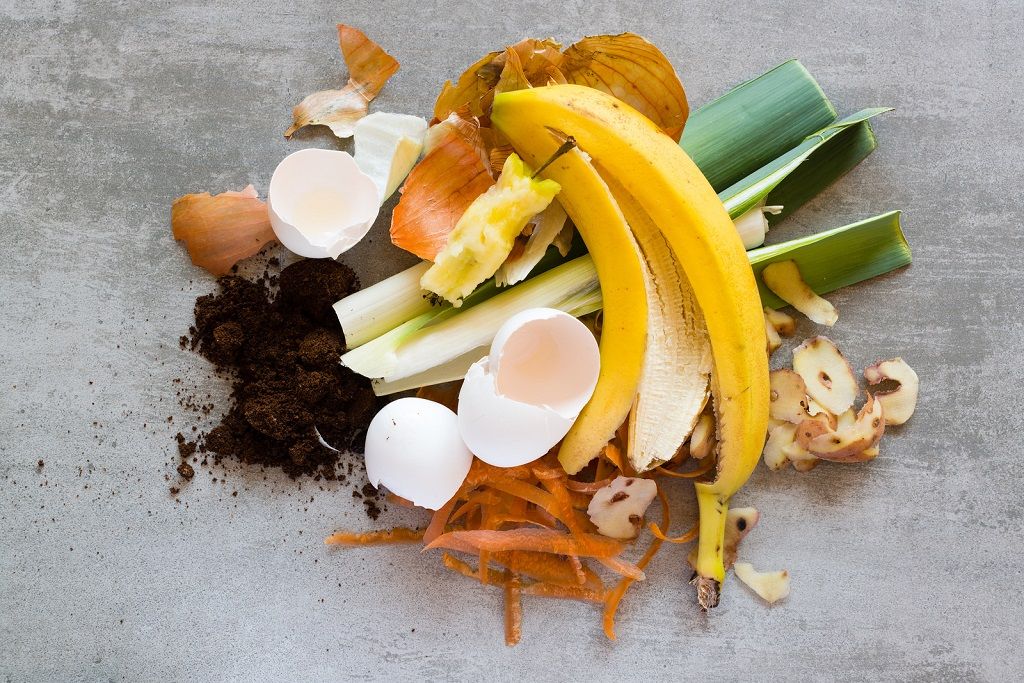Have you considered creating your own homemade compost so you can do your part in our collaborated efforts to help preserve the planet?
Believe it or not, this simple act will do wonders for the environment overall.
Never believe that your positive contribution means nothing because it does.
Compost is typically any natural matter that has come from nature and is being decomposed in order to return it to nature with its many benefits intact.
Things such as leaves, grass, and certain food skins such as banana peels are common items used for the purpose of composting and recycling.
Composting is an excellent way to fertilize the soil of your garden with its many natural nutrients.
It can provide fertile soil for your vegetable garden or even as a backdrop for your landscaping project.
The process of composting isn’t difficult, it just takes patience and practice as you go through the process.
You’re about to discover the basics of composting right in the comforts of your home.
Are you ready?
Let’s do this…
What To Use For Your Compost Bin
Many of the ingredients that you would normally consider “garbage” are excellent items for composting.
Certain fruit and vegetable peelings are wonderful for composting.
Just limit the number of citrus fruits as their acidic nature may interfere with the natural bacteria growth necessary for proper composting.
Examples Of Compostable Materials
- Eggshells
- Coffee Grinds
- Fruits
- Vegetables
- Tea Bags
- Houseplants
- Various Table Scraps
- Leaves
- Pine Needles
- Grass
We haven’t even scratched the surface because there’s a laundry list of items that you can add to your compost bin.
Now that you have an idea of what you can put into your compost bin, we’re going to provide you with a quick overview of how to compost…
How To Compost
Once you have a mix of ingredients, choose a spot where you would like to set up your compost.
You don’t necessarily have to use a bin right away, but we recommend that you purchase or build one.
Using the right tool for the job typically produces the best results.
STEP 1: Lay down some straw first in your compost bin, because this is known as a layering method that aids in aerating your compost.
STEP 2: Next lay down alternating layers of compost and soil.
TIP 1: If you can, utilize soil that is from the earth so that the microorganisms will aid in the composting process.
TIP 2: Alternate wet table ingredients such as tea bags, moist soil, and coffee grinds with dry ingredients such as leaves and grass.
Many individuals also add manure such as buckwheat or wheatgrass to help their compost bin to be more efficient.
Make sure that you place your compost bin in a slightly shaded area so as to not dry out in the hot summer months, but in a location where there is ample rain.
You may need to invest in a cover for your compost bin so that the rain does not drown your compost bin out too much.
Every once in a while give your compost bin a good turn to aerate it.
Conclusion
These are just a few starter tips that should get your compost bin up and running.
Composting offers benefits for the soil and also for the environment.
It reduces landfill waste and provides you with a bountiful vegetable garden.
If you’ve been on the fence about composting, now is the time to give it a try for at least 60 days.
You may end up enjoying the process because there’s no doubt about its benefits for the environment.
You also get to reduce your ecological footprint.
Composting is a win-win for all living things and the earth!
Download Our Free E-book!







